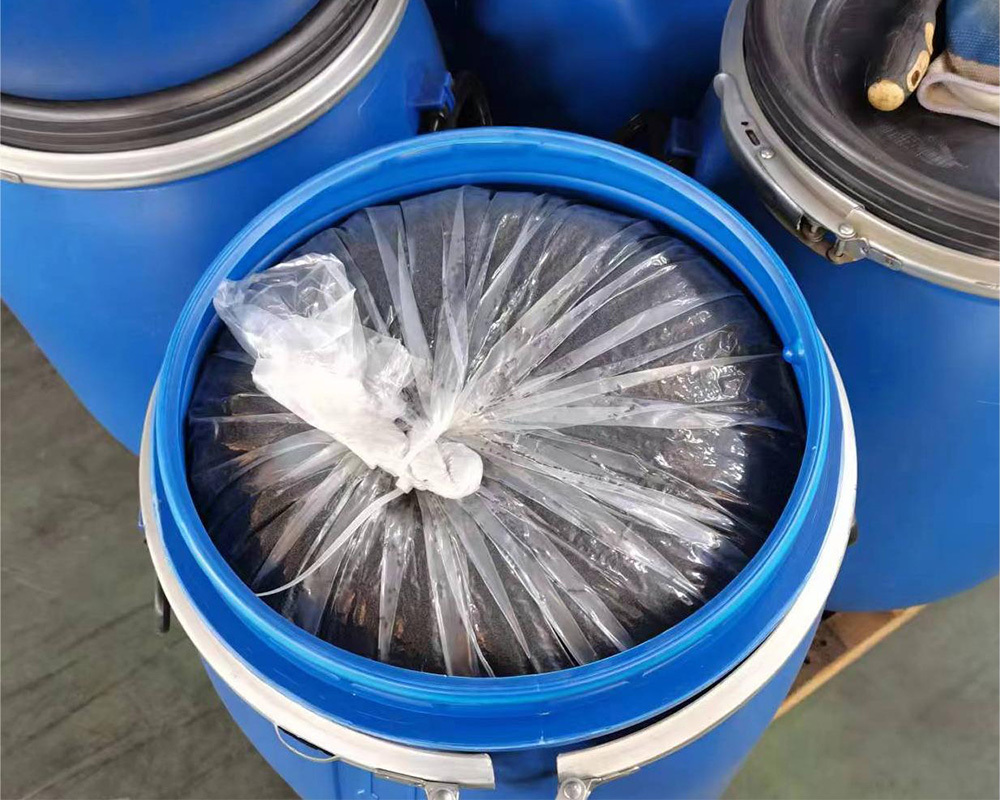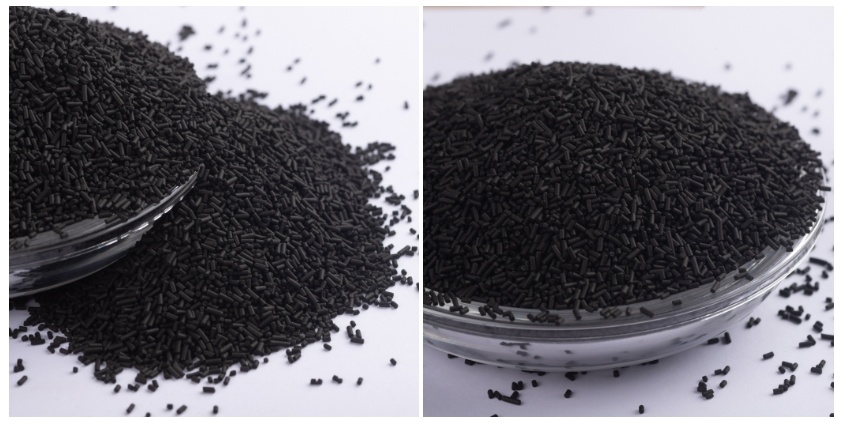Working environment of carbon molecular sieve CMS
Carbon molecular sieves are a type of functional material commonly used in gas separation (such as nitrogen and oxygen production). The working environment of these sieves must meet the following key conditions:
I. Temperature Control
Normal operating temperature: Usually run at 20-40℃. High temperature will cause the adsorption capacity of the molecular sieve to decrease and even lead to structural aging.
Avoid drastic temperature differences: Rapid temperature changes may cause the molecular sieve particles to rupture, affecting the service life.
II. Pressure Conditions
Pressure Swing Adsorption (PSA) cycle: Needs to work in an alternating environment of pressurization (adsorption stage, 0.6-3MPa) and depressurization (desorption stage, normal pressure or vacuum), and pressure stability directly affects the separation efficiency.
Pressure tolerance performance: The material needs to withstand periodic pressure fluctuations to avoid structural damage.
III. Gas Medium Requirements
Dry environment: Water vapor will occupy the adsorption channels, the gas needs to be pre-treated to a dew point of ≤-40℃ (such as through a drying tower).
Low impurity content: Avoid oil, dust, sulfides and other impurities, and use a filter for combination to prevent molecular sieve poisoning or clogging.
IV. Gas Flow Characteristics
Uniform gas distribution: Ensure that the gas is evenly distributed in the molecular sieve bed to avoid local overload or short circuit.
Flow rate control: Adjust the gas flow rate according to the separation target to balance efficiency and energy consumption (such as in nitrogen production, the oxygen diffusion rate needs to be controlled).
V. Chemical Stability
Corrosion resistance: Avoid contact with strong acids, strong bases or strong oxidants to prevent the molecular sieve framework (such as silicon-aluminum structure) from being damaged.
Compatibility: There is no chemical reaction with the material of the equipment (such as stainless steel, polytetrafluoroethylene).


Related News

TOP



